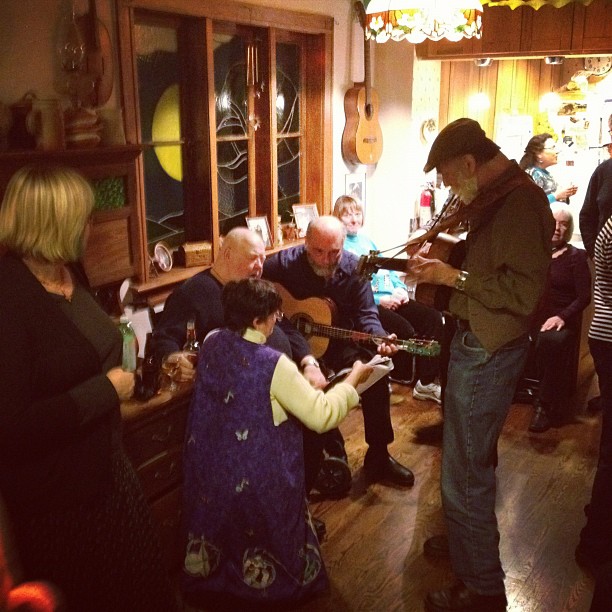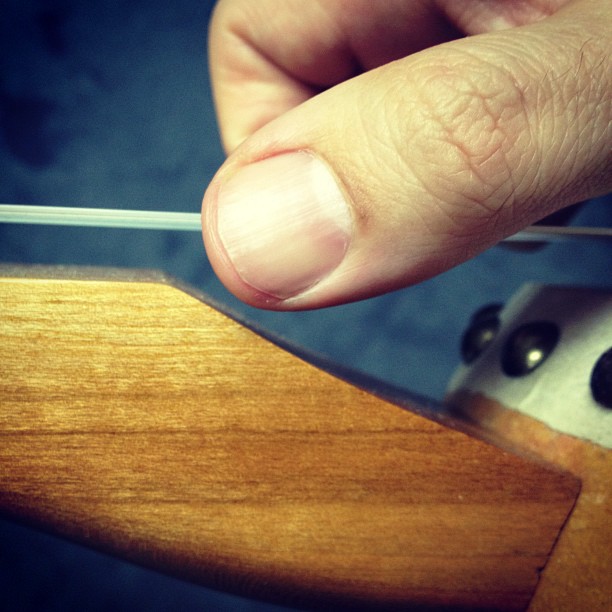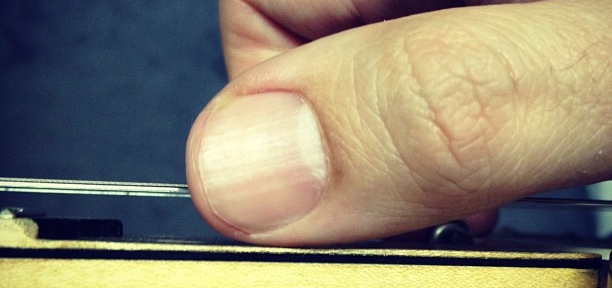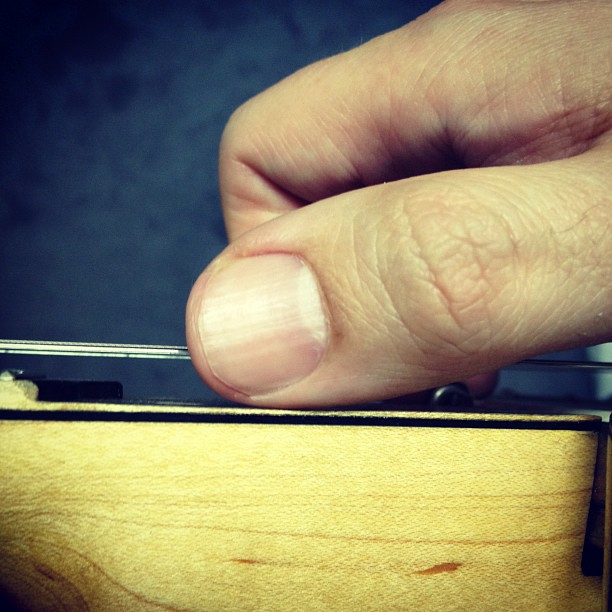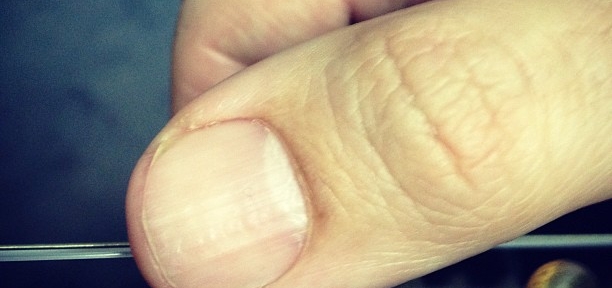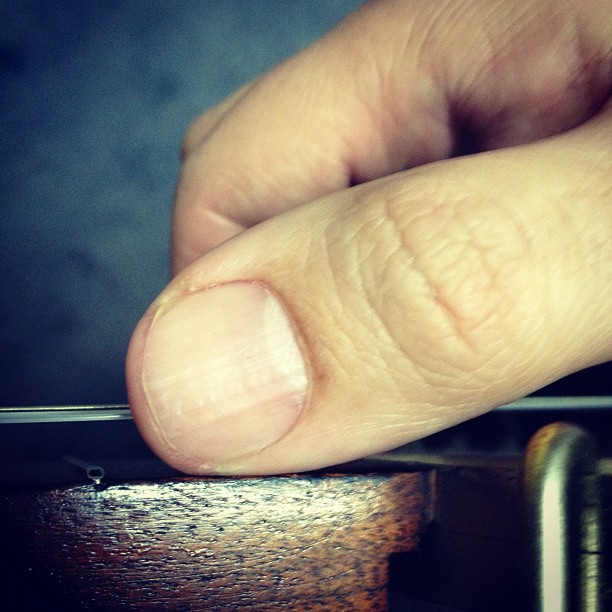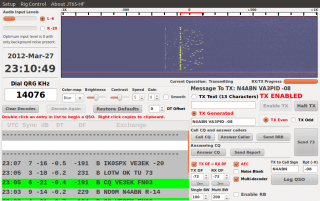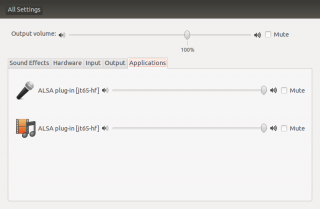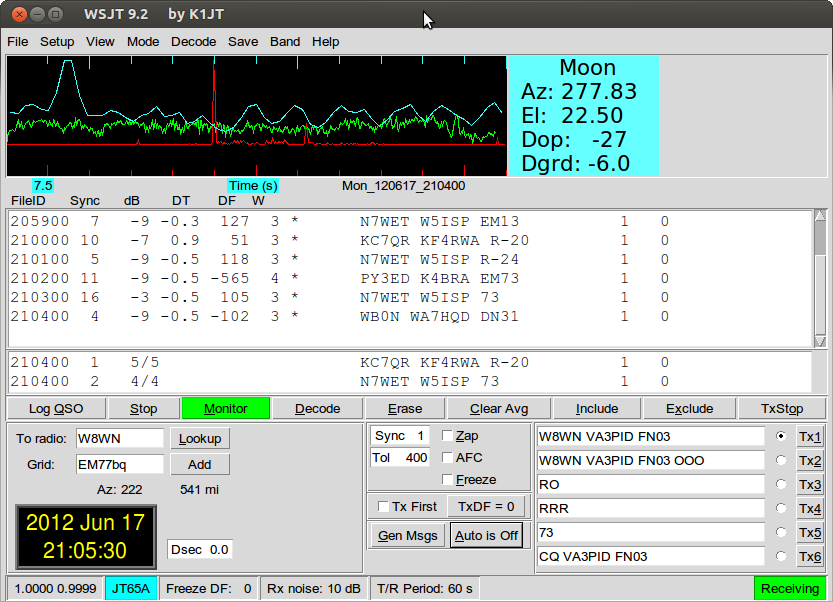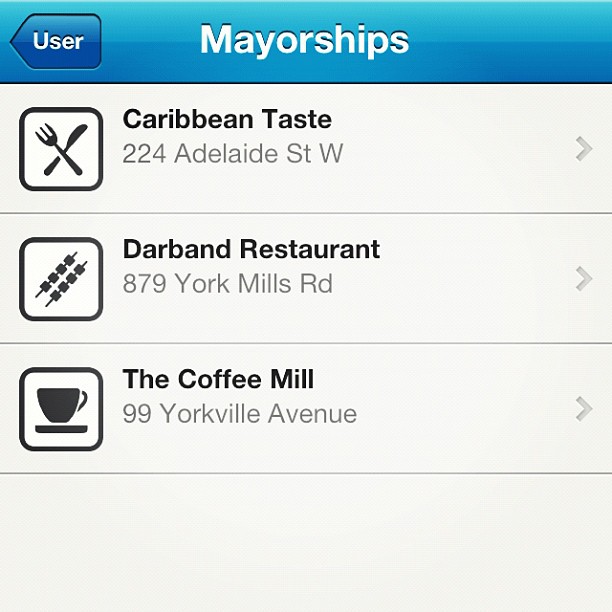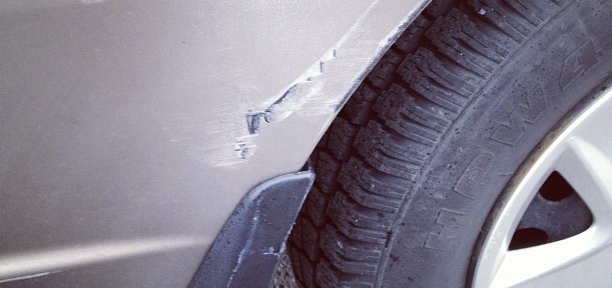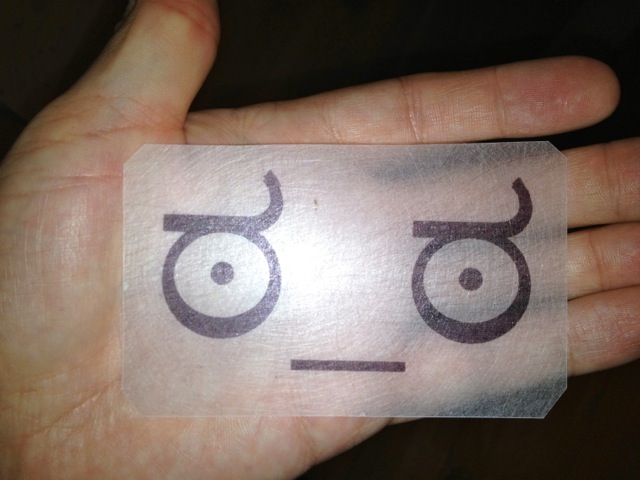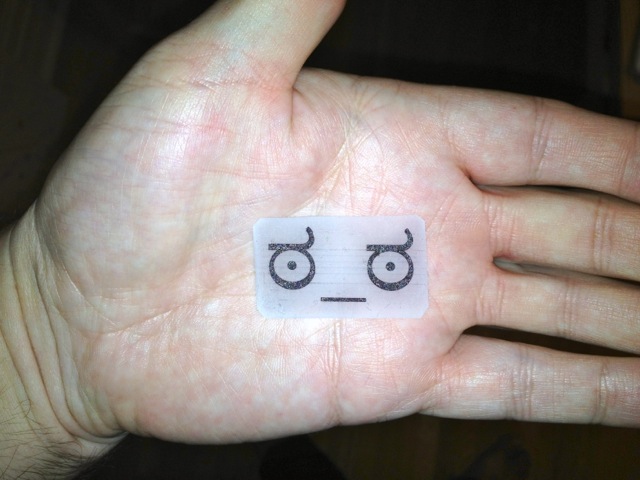City Hall is currently tearing itself apart over transit. You’d think that in a city with a downtown that’s pretty much gridlocked for three hours of the day, the answer to the transit question would be “More please everywhere”, but in this precious city, it’s less than that.
We have a mayor who is obsessed with subways because he thinks they’re fast and will keep the automobiles running. Unfortunately, Toronto is a big sprawly city with less than infinite cash, so we’re not going to get subways everywhere. Our last venture into subway building — the Sheppard line — has been a bit rubbish, running a stubby distance to nowhere in particular, and being quiet enough that you can always get a seat.
Though I live in Toronto, I’m originally from Glasgow. Glasgow has a subway; in fact, it’s one of the world’s oldest. It was opened in 1896, when Glasgow was at the height of its “Second City” fame. Glasgow made the ships and trains that maintained the empire, and trained the engineers of the world. We were pretty hot shit at the time, and we had a bunch of workers we needed to get around every day from the shipyards and offices of the city. Lots of people moving in to work. Ergo, subway!
Just one problem: cities change, subways don’t. Even though shipbuilding was never a hugely lucrative industry (according to my grandfather, who worked at John Brown’s, they never cleared more than 7% even at the best times), Glasgow and environs would probably have never thought that its industries would change and contract the way they did.
So what’s the subway that Glasgow’s been left with?
- The industry has gone, so has most of the ridership. There’s an awkward mix of residential stations and, well, nothing stations. I mean, West St? C’mon!
- Both of the major rail hubs that the subway serves — Buchanan St and St Enoch — are long gone. I just remember the shell of St Enoch station used as a car park in the very early 1970s, but no trains.
- Given that Scots were a bit squat in the 19th century, the subway’s not built for 21st century people. I could never stand up in the trains.
- Ridership is frankly pants; indeed, even Toronto’s Sheppard line carries more people every day than the Glasgow subway. Riders are pretty much now park ‘n ride office drones, students (bored [on the way to uni], drunk [doing the subcrawl; a pint at the pub nearest ever station] or daredevil [the subway challenge]) or huns.
Glasgow used to have quite an extensive tram network. Of course, you wouldn’t know now, ‘cos it’s all been ripped up, but you can do that with street-level transit. Subways you’re stuck with.
Cities and cultures never know when they’re at their height. Glasgow had it going on when it built its subway, yet I’m sure the city planners never thought that the city would change the way it did. At least Glasgow made stuff that everyone needed; Toronto, what do you do that keeps you anchored here?



